My ultimate guide to Japan
The 100th Japan travel guide that you swore you didn't need.
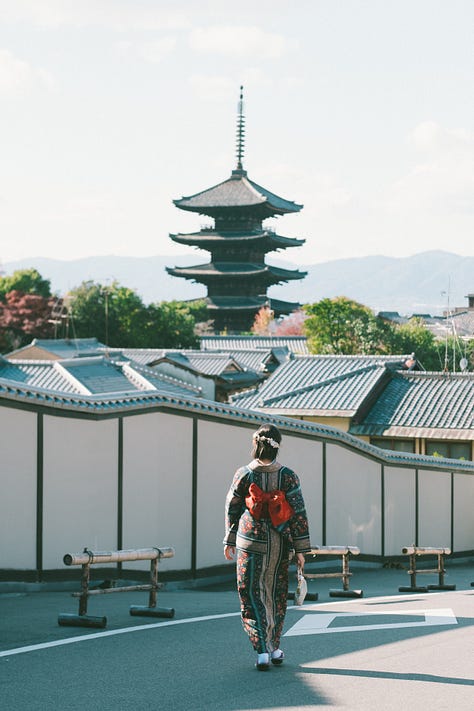
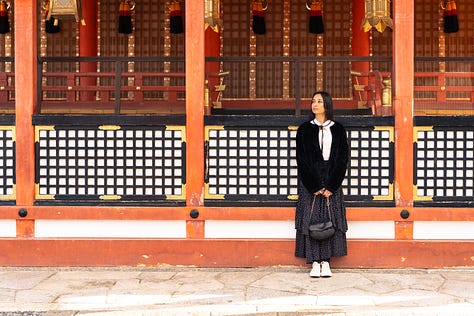

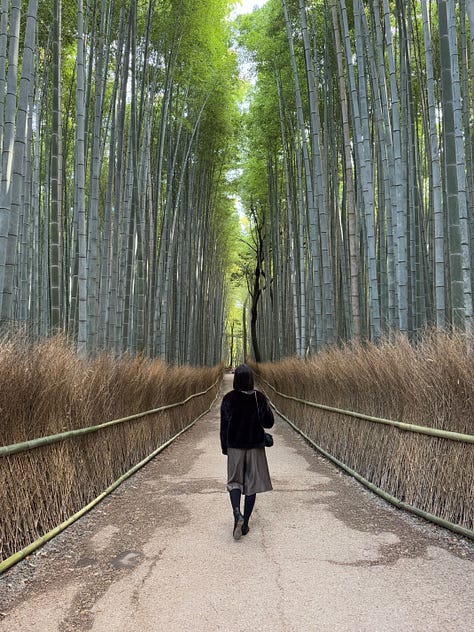
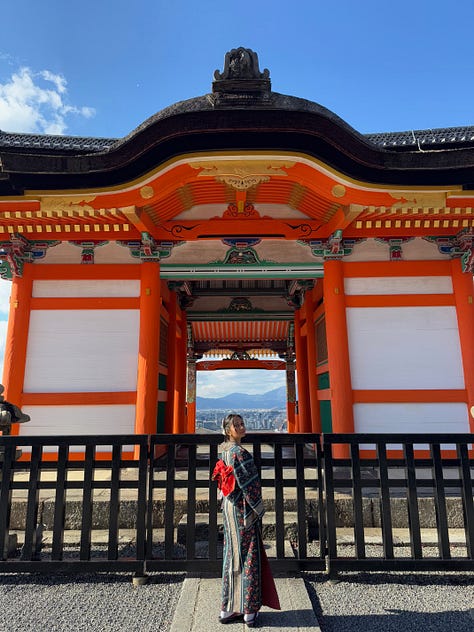
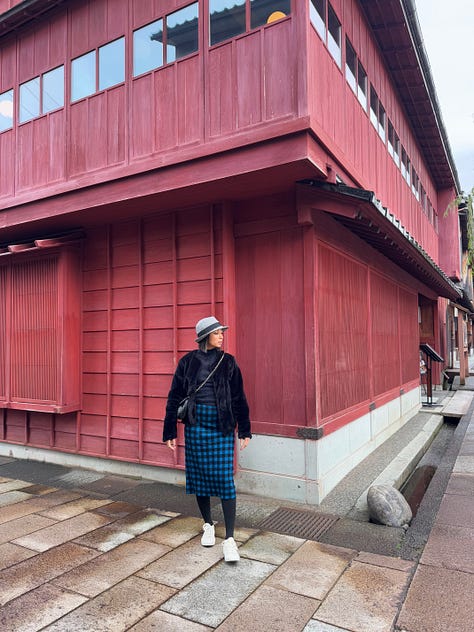

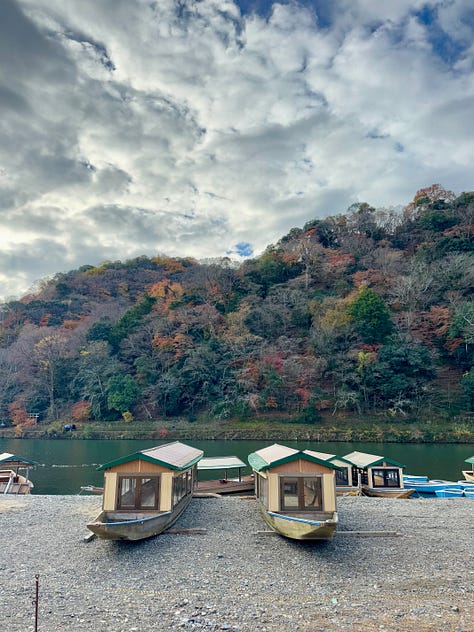

It’s 3 am, I’m wide awake after flying from LDN to SF yesterday, and I finally mustered the will to write my travel recs for Japan. Writing about travel while getting through travel might just be a trend for me. After first visiting Japan in 2015, I spent nearly all of last December there, and within days of arriving I was fondly reminded of why it was in “my top countries to visit” list after all these years.
My first trip in Japan was nothing like my last trip. I went with a college class with little money to spend during a time when the Yen was strong, and the itinerary was mostly set by my Professor. We had spent a week between Tokyo and Kyoto, stayed at a modest Ryokan (traditional inn) and even slept a night in a capsule hotel in Kyoto. This time I certainly had more money to spend (mid tech career and a weak Yen!), was in full control of my itinerary, had much more time to leisure (I was on a strict PTO schedule, ha!). I also had become quite the tastemaker over the years.
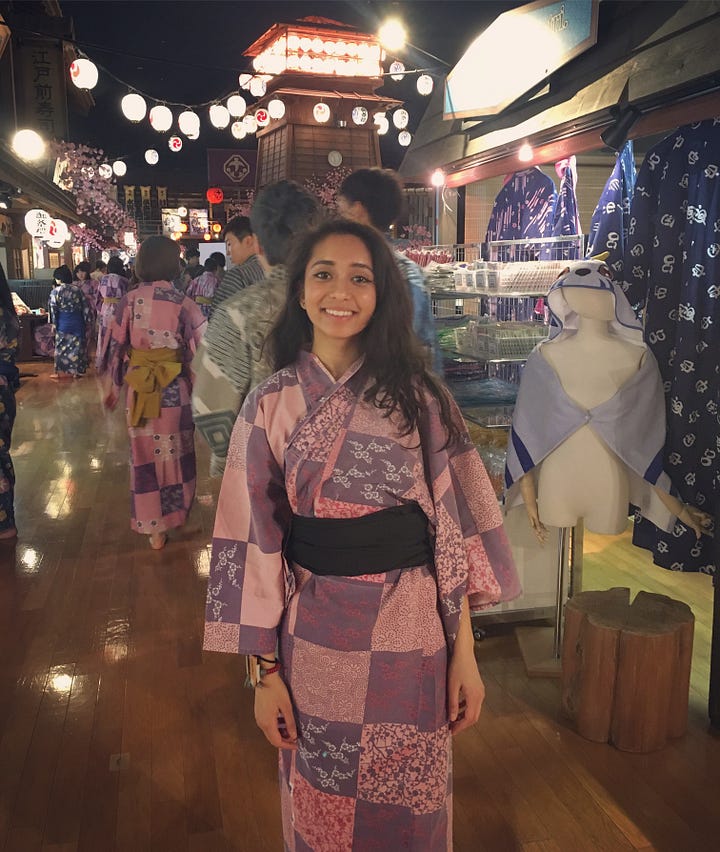
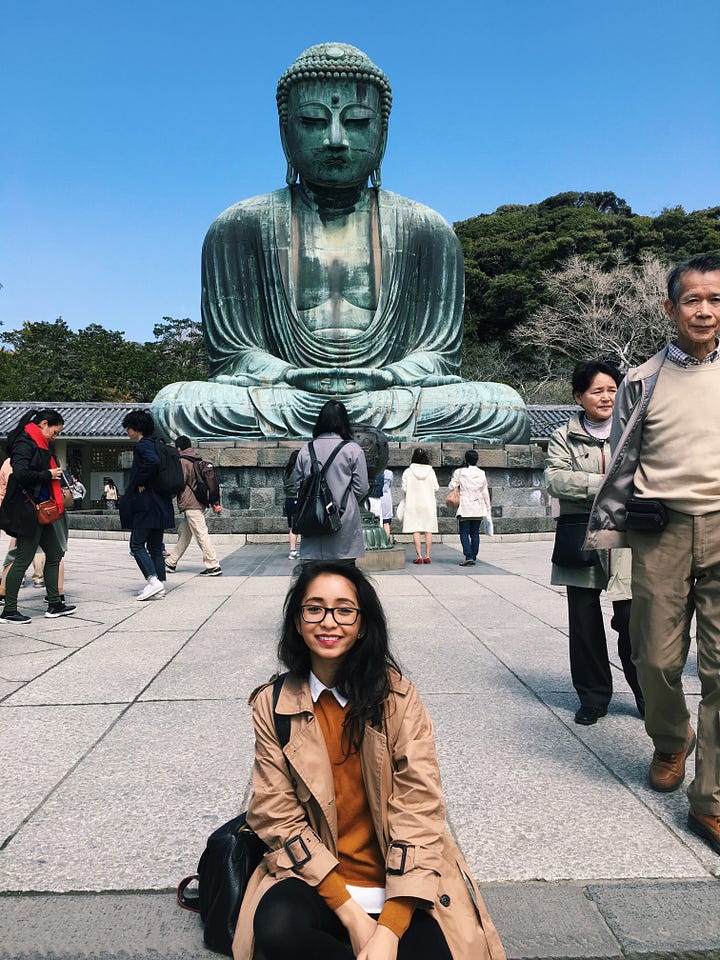
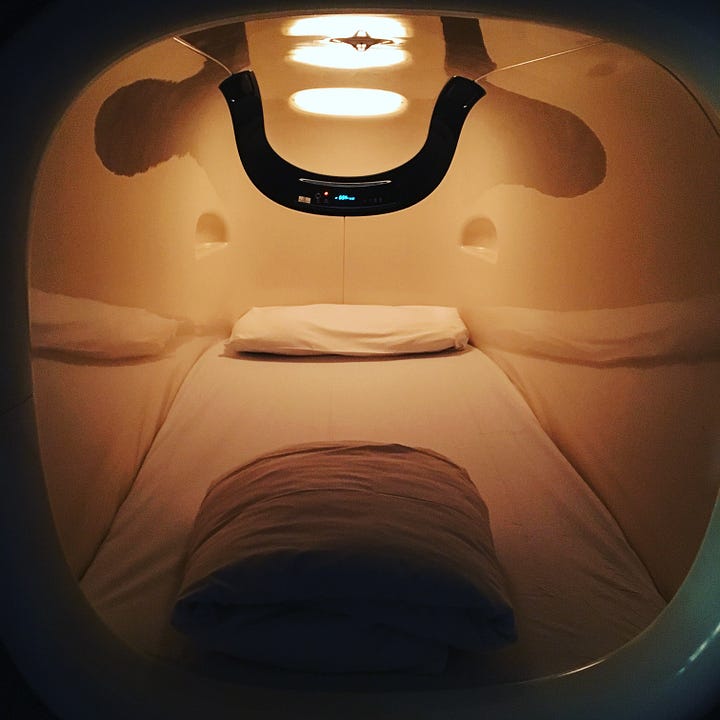
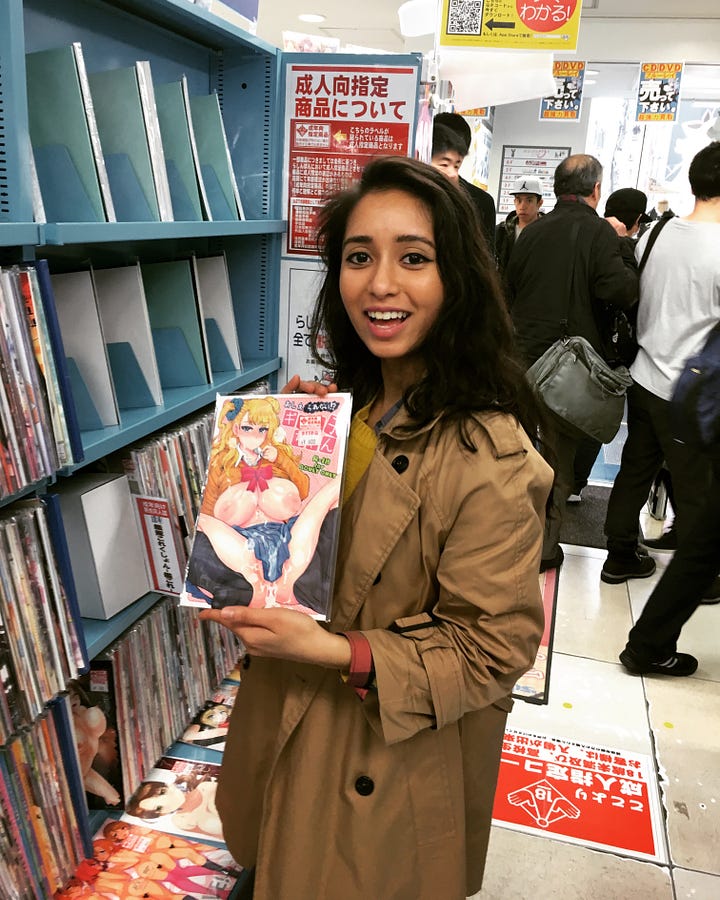
Before jumping into the itinerary, I will caution that my approach to traveling in Japan might be different from yours: I didn’t go to a fancy omakase spot (but was hooked on affordable standing sushi bars), I stayed exclusively in Hyatts (globalist girlie), and I wasn’t trying to travel within Japan as much as I could have (this trip was off the back of 2 weeks in Singapore and China). So yes, this is the Nth Japan Travel guide you probably didn’t need but if you trust my taste in travel then read on ;)
Where to go, for how long, and where to stay
Dates of travel: Dec 7 - Dec 28 (21 days).
Route:
Tokyo (3 nights) → single bullet train to Kanazawa (~3 hrs)
Kanazawa (3 nights) + day trip to Shirakawago (<1.5 hrs bus ride from Kanazawa) → single bullet train to Osaka (~2 hrs)
Osaka (2 nights) → single bullet train to Kyoto (~1 hr)
Kyoto (5 nights) + day trip to Nara (~45 min local train) → single bullet train back to Tokyo (~3 hrs)
Tokyo (8 nights) → fly back to JFK
Reflections on the route + edits I would have made:
If you’re staying as long as I did, I did enjoy splitting the time in Tokyo. First few days were to get acclimated and hit some main tourist destinations (go easy on the temples, there are a bunch in Kyoto). I saved shopping for when I got back to Tokyo so I didn’t have to lug around extra bags.
Kanazawa is definitely a summer town. It was cold and wet and a bit of a ghost town in December. I only chose to go here as a base for day trips to Japan’s Gifu District (like Shirakawago or Takayama) since it is an easy travel hub and is not too out of the way from Kyoto/Osaka. In hindsight I would shorten this to 2 nights and maximize time spent outside of Kanazawa (e.g. day trips). Fortunately, the Hyatt Centric that we stayed at was super cheap (<$100 a night), really nice for the cost, and conveniently next to the train station.
I wouldn’t spend more than 2 nights in Osaka - it’s like Tokyo but smaller, less to see, and not as nice to walk through. In fact, skip it if you’re tight on time.
It was very easy to spend 5 nights in Kyoto, but chances are you won’t have as much time to spend so I recommend 3 nights minimum. Kyoto is much more laid back, and has a great balance between historic sites + temples and small city life + cafes and shops.
On the way back to Tokyo, I would definitely add a stop closer to Mt Fuji, like an onsen town such as Hakone. We skipped this because my husband had a “mental limit” on how many stops we made in this trip, but if it was just me I would have stopped over for 1 night.
Like I said, I spent all of my hotel nights with Hyatt. This was intentional: I have Globalist status which gets me suite upgrades, late checkout, and free breakfast, and I had hoarded 200k+ Hyatt points to intentionally spend on Japan hotel stays. If you’re NOT in this situation, then skip my hotel recs since there are definitely more cost effective and/or traditional hotel experiences.
Tokyo
I spent the bulk of my stay here (12 days) and stayed between Toranomon Hills and Shibuya — both very different neighborhoods. Toranomon Hills is in an upscale and more residential/sleepy neighborhood, tucked below Ginza (the 5th ave of Tokyo). I stayed between Hotel Toranomon Hills and Andaz Tokyo, both luxury hotels, though I preferred the former slightly more (recently opened with more modern aesthetic, and breakfast was better). In Shibuya I stayed at the Hyatt House Shibuya which is almost always booked out because it has incredibly good points/dollar value, is nothing like Hyatt Houses in the states (it’s super lux, staff are amazing, and even has a pool), and is in the center of Tokyo. While Shibuya was easier to commute from, I would recommend staying in a more quiet, upscale neighborhood like Toranomon Hills, Azabudai, or Minato City.
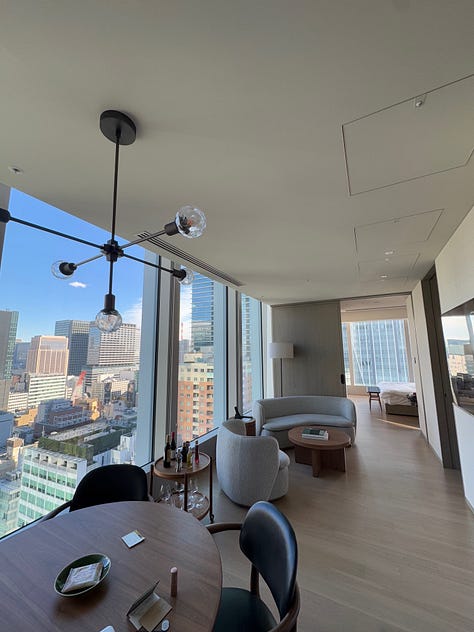
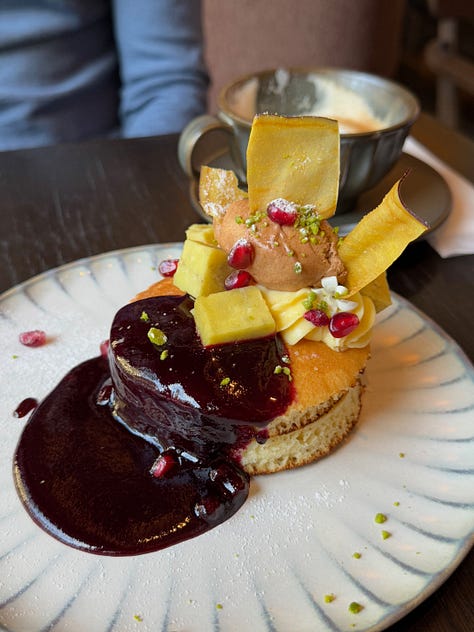

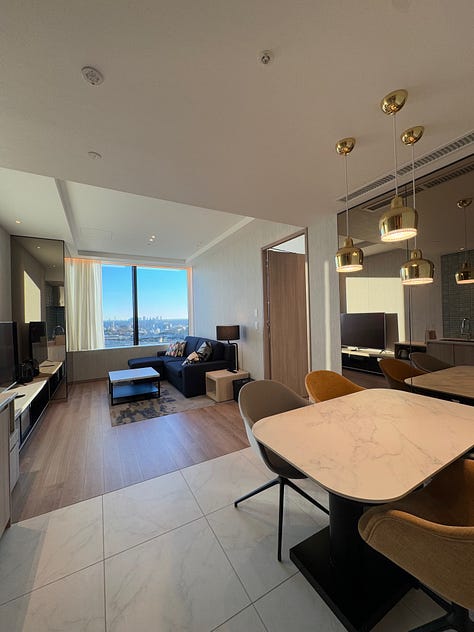
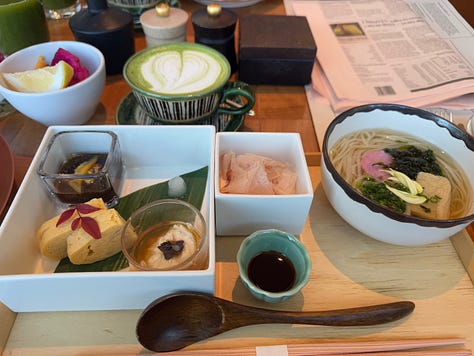
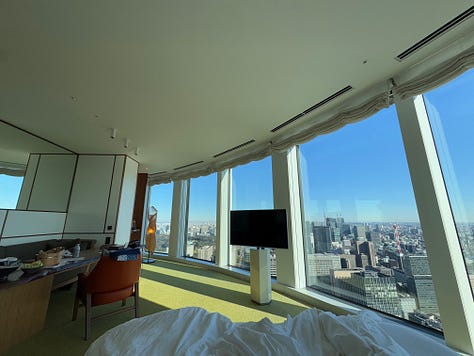
Kanazawa
Not much to say here except that the Hyatt Centric is great value, and don’t bother coming here in winter if you’re not going to daytrip over to Shirakawago or Takayama (1 hr further east from Shirawakago via bus).
Shirakwago
This is a historic village town famous for their thatched roof farmhouses and is a UNESCO world heritage site. It’s popular in winter because it snows frequently, making it look like a winter wonderland. This town won’t come up in your standard Japan travel guides but this was my favorite part of the trip. Even the bus route from Kanazawa to Shirakawago (<1.5 hrs) passes stunning lakes and valleys. It is a small village so if you’re efficient, you would need max 2.5 hrs, but for a leisurely stroll and lunch there, I would recommend max 4 hrs. If you’re traveling here, I recommend securing bus tickets the day before since the earlier buses sell out day of, and I would recommend buying a roundtrip so you’re guaranteed a seat on a bus back.
I didn’t get to go to Takayama since I didn’t plan this part of the trip as well but most people do Shirakawago + Takayama in a single day trip since they’re approx 1 hr apart from each other, and the same bus you take to Shirakawago goes further along to Takayama.
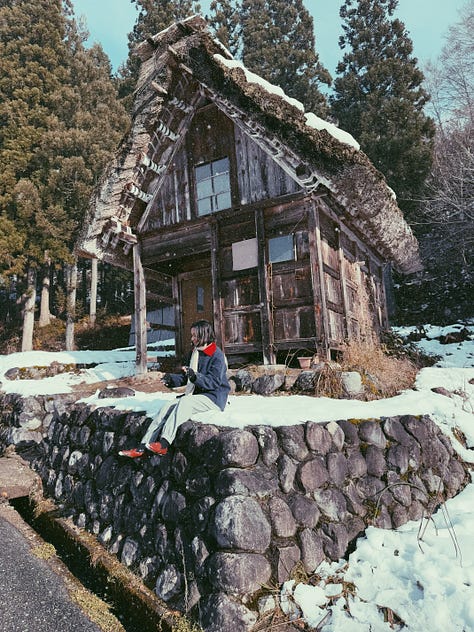

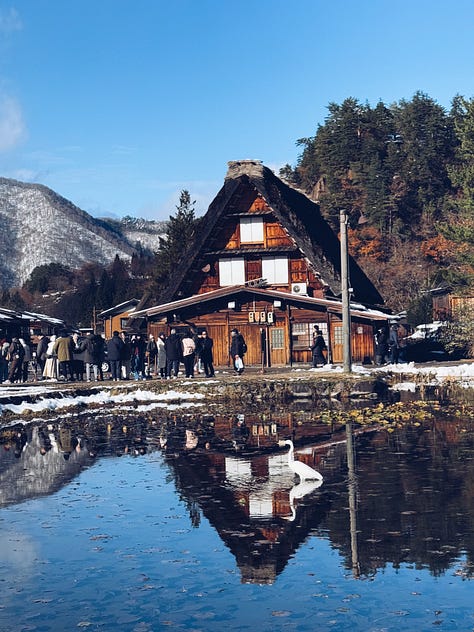
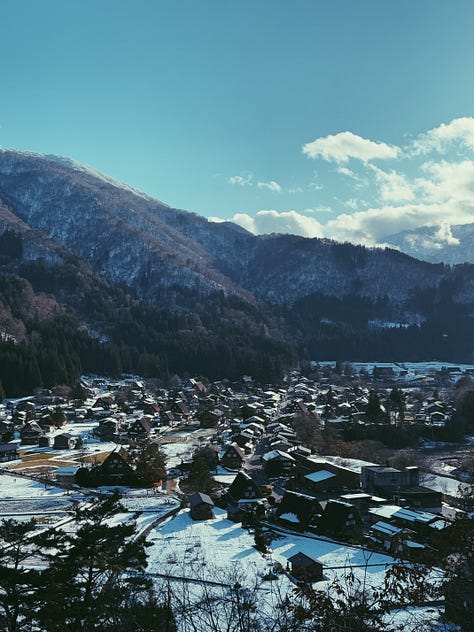

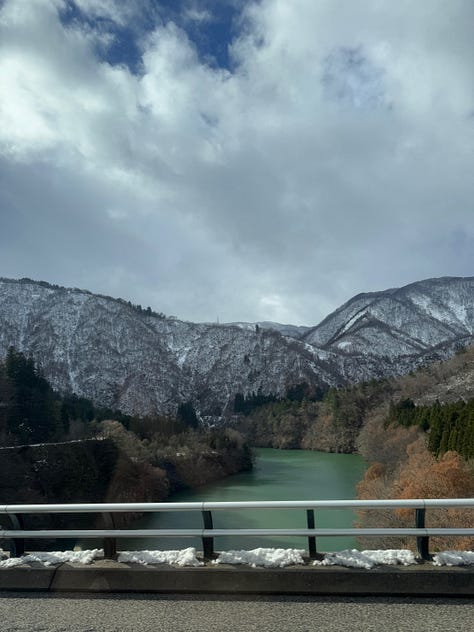
Osaka
Again not much to say here except that Osaka generally reminds me of Times Square. And, that the Hyatt Caption Osaka is great value, central, and a newly renovated hotel. FWIW, I didn’t go to Nintendo World (not a huge fan of amusement parks) so I might have missed out on that.
Kyoto
How I wish I had planned ahead enough to score a points booking at the Park Hyatt Kyoto :( That being said, Hyatt Place Kyoto was also great value, conveniently next to the subway station, and in a more residential but upscale neighborhood, far from the tourists loitering Kyoto Old Town. I would definitely stay here again.
I did not temple-out in Kyoto. You could, but after seeing some temples in China and Tokyo right before getting to Kyoto, you do start thinking “a temple is a temple is a temple”. Instead, I probably hit up 3-4 major temples (e.g. Fushimi Inari) while doing other things like checking out Arashiyama and having a kimono photoshoot.
Nara
Nara is certainly cute and worth visiting to interact with the deers, but you don’t need a whole day there. I would go in the AM while it’s not so crowded, and head out noon/early afternoon. I don’t think it’s known for its food scene so I’d eat a full meal somewhere else and just munch on some mochis from Nakatanidou.
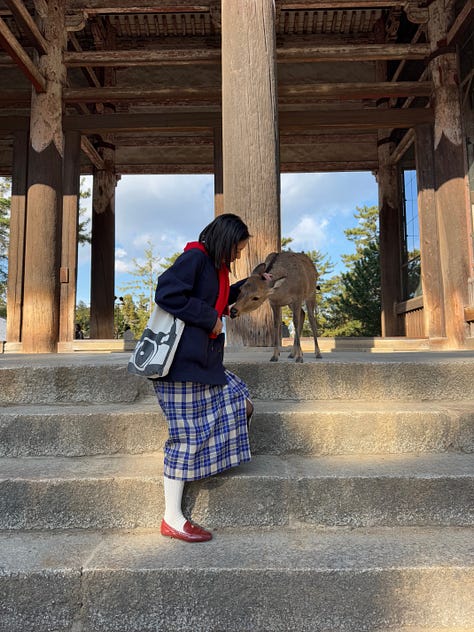


Major highlights + things to do
OK so I’m going to skip the tourist destinations like Tsukiji Fish Market, Tokyo Palace, etc only because you’re probably going to do these things anyways.
Team Labs, Tokyo - I enjoyed Team Labs Planets much more than Team Labs Borderless. It was easy to book tickets in December.
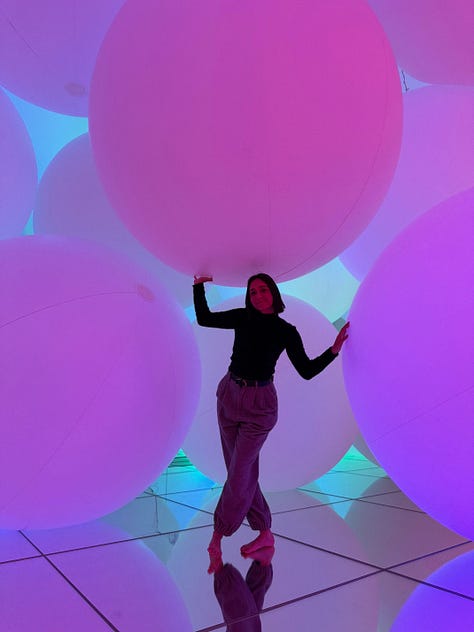
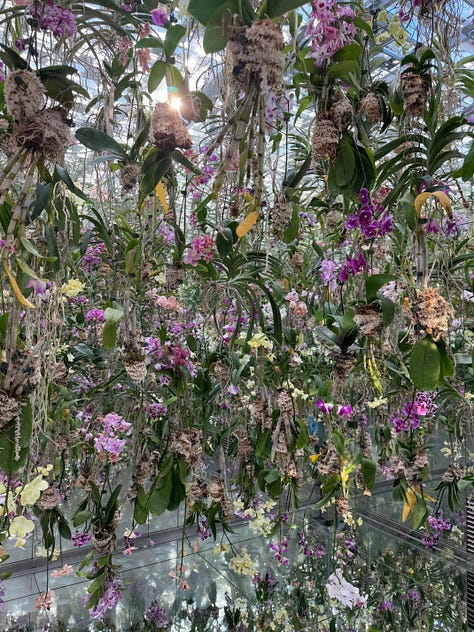
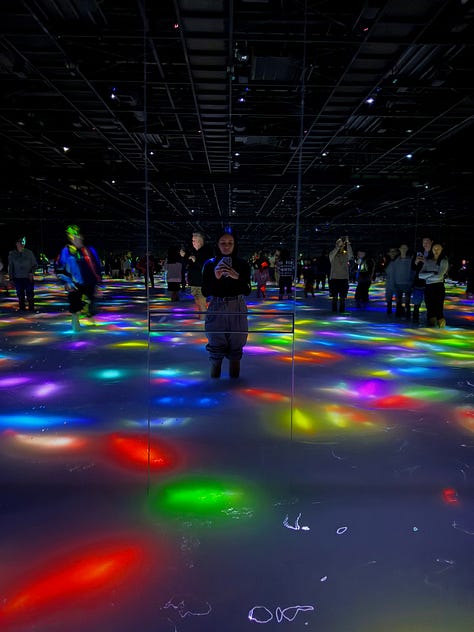
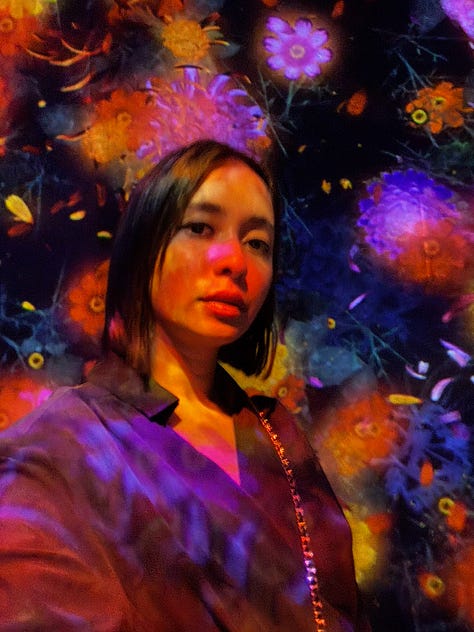
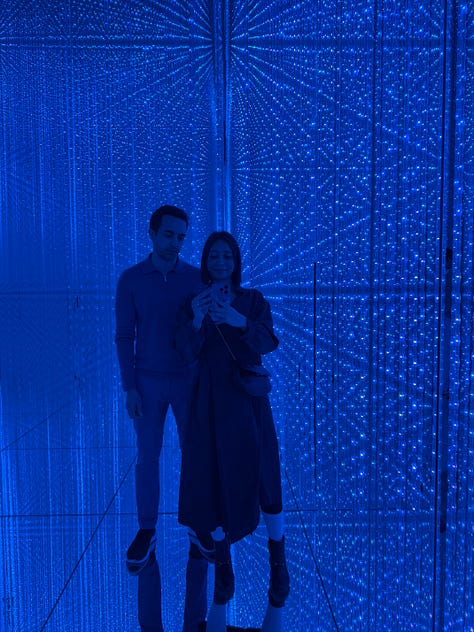
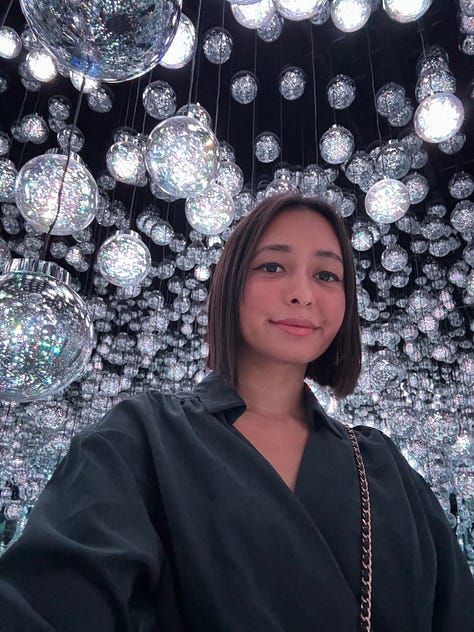
Owl Cafe, Tokyo - this was harder to book but fortunately I found a slot for myself. It’s super unique and a great phot-op but I wouldn’t go if you get anxious around birds/animals. You get a 1 hr booking and can choose 1-2 owls to hang out with, where they perch the owl on your arm. The owl can at any time start flying around or go on your head. The staff are pretty nonchalant about this. I would probably also go to a capybara cafe (I didn’t go this time) but I’d skip cat cafes since you can find those anywhere else.
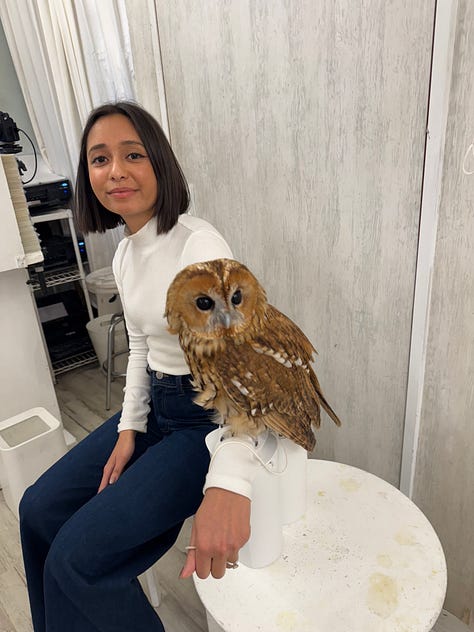
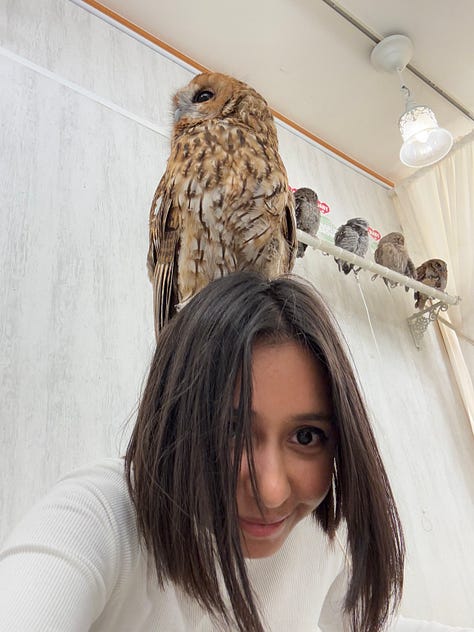
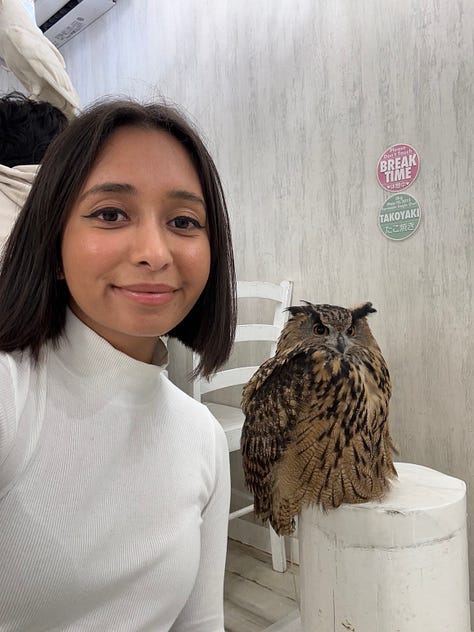
Kyoto Kimono Photoshoot - I booked a 2-3 hr photoshoot experience on Airbnb that includes a kimono rental and you get to wear your Kimono for the rest of the day (should you wish) until the shop closes. My booking was made with “Lin” as the Airbnb host and I rate it highly. It costed under $100 for the experience so it was very much worth it IMO. Funnily enough, the same day I bumped into a local photographer who connected with me on social media and we decided to do a (free) half-day photoshoot in Fushimi Inari and other temples.
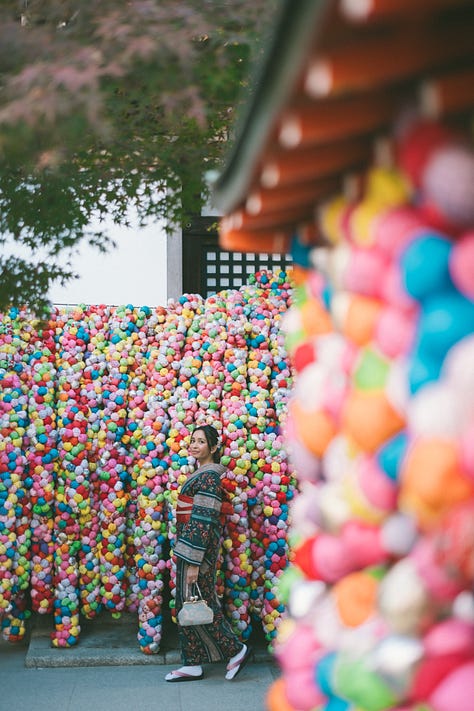
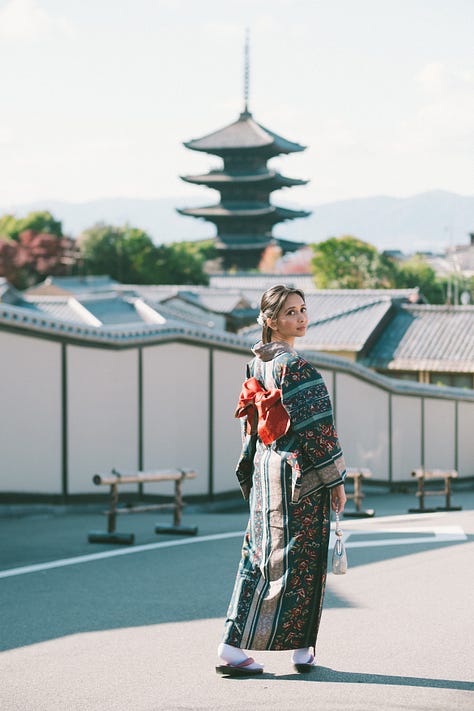
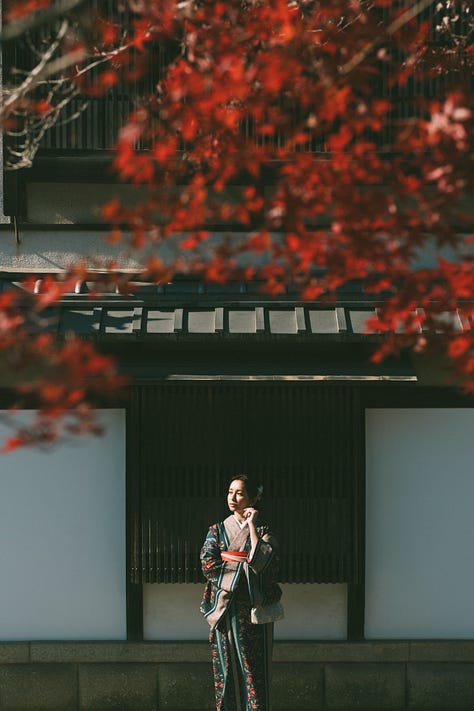
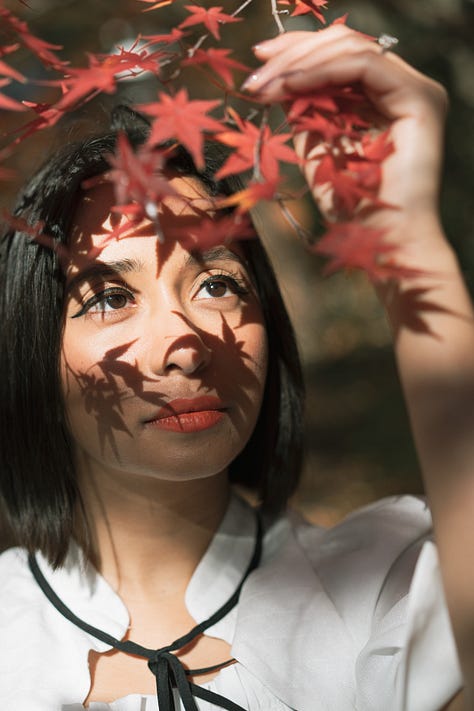
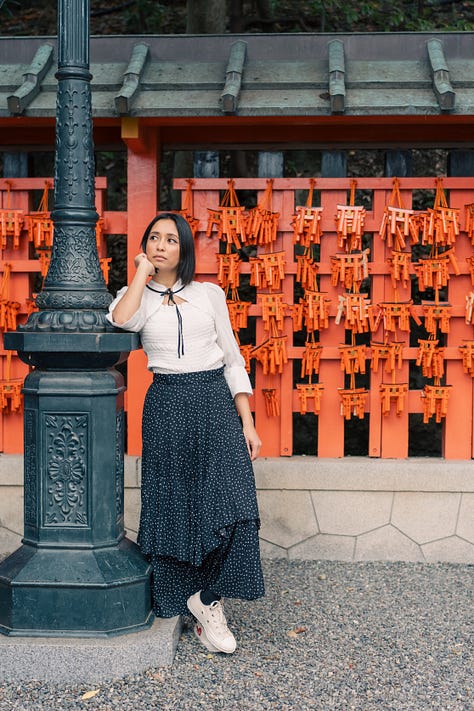

Scalp Spa, Tokyo - Ah yes I did go for the tik-tok viral scalp spa experience in Tokyo and it lived up to the hype :) I went to Ritt’s Spa in Shibuya after being able to snag a same day res. I think it was ~$75-$80 and my head came out feeling super clean. Ritt’s is not as grandiose as some of the other viral spas like Rabbicour Ginza (alice in wonderland themed) but it seems like you get the same service without all of the frills. So if you’re value oriented, I recommend Ritt’s.
Full body scan at Tokyo Midtown Clinic - OK so I didn’t actually do this but my husband did. This is medical tourism at its finest, but in hindsight I do wish I did a full body and health assessment in Japan. Japan is known for their “ningen dock” comprehensive health check where they do a number of tests like MRI, blood sample, stool sample, etc and send you an English-translated report of your health. This costed $1,300 but can vary depending on what tests you add/omit. My husband went to the Tokyo Midtown Clinic in Minato City but fair warning that he did have a hard time getting a booking and had to book significantly in advance. They don’t seem to like that tourists are paying for these services so they try to make it hard to book and prefer locals.
Natural spring onsen - while I didn’t get a chance to go to an onsen town like Hakone, I did get to go to a natural spring onsen during my time in Kyoto. I went to Fu Fu No Yo Onsen in Arashiyama, which is also home to the Monkey Park and Bamboo Grove. This was perfect for the Japan winter and a much needed self-care day.
Top food recs
Japan has too many food recs and you will probably not go wrong with eating your way through Japan. Here’s what still resonates with me months after this trip, and are IMO, must eats:
Standing Sushi Bar @ Nemuro Hanamaru Ginza - this standing sushi bar is the reason why I felt like I didn’t need to go to a fancy omakase dinner during my in Japan. Transparently, I probably should have just done an omakase dinner for the experience, but I was overwhelmed with all the options and had some decision paralysis with booking. We went to this standing sushi bar at least 3x during our trip. It’s tucked in a mall in Ginza, oftentimes has a line full of locals (and some tourists), and is the perfect combination of fresh seafood, large portions, amazing value, and efficient service. You must go.
Gyuan Ginza - this is a local’s joint where you can get delicious and reasonably valued Kobe steak, in a traditional Japanese inn setting. The food was simple and fresh.
Matcha Tokyo - we had matcha in many spots in Tokyo but Matcha Tokyo (specifically the Ometsando location) hits #1. We even bought back matcha from this store because it’s so damn good.
Wasachi, matcha cafe - this was a very zen, intimate matcha cafe that the owner runs. You can tell he’s passionate about matcha and it feels like you’re in someone’s home.
I’m Donut - there are very few food spots worth lining up for and I ended up lining up here twice. It was that worth it. The best donuts I’ve had in my life. Luckily they just opened up a location in Times Square but I’m sure there’s something special about eating them while you’re in Japan. Multiple locations!
Higuma Donut - also another Ometsando hit, this spot feels very zen and they make delicious simple donuts along with soft serve and coffees.
Mitsukoshi Ginza - OK I wish I found this major food hall in an iconic dept store sooner. The basement floor is overwhelmingly full of dozens of food stalls, from tempura stations to noodle statons, to onigiri and tons of sweet options too. You can buy small units of food at each stall so I ended up buying a little bit of food from 5-6 stalls to make up a full lunch.
Duck ramen specialty, Osaka + Tokyo - Ramen Kamo to Negi has a few spots but I went to the Osaka location. It was also a very locals-filled establishment and insanely good. Duck is my favorite meat so if you love duck, this is a must have.
Savoy Azabujuban Pizza - before I got to Japan, friends who had visited kept saying that pizza in Japan is surprisingly good. Savoy came highly recommended, so while there was a line (since I did not make a res, don’t be like me), it was well worth it. This was my last meal in Tokyo and I got the bluefin + wasabi pizza, which was so tasty and unique.
Shokudo Endo for wild tuna bowls, Kyoto - I literally stumbled upon this place tucked away in Kyoto’s old town. It’s a mom and pop run spot where the ground floor is the restaurant and they live upstairs. They served an insanely fresh wild tuna chirashi bowl for only $11.
Rokujuan, Kyoto - tik tok viral traditional tea room known for their beautiful transparent mochi dessert. This is a quick stop for me but a very picturesque and scenic tea room. Go for the vibes and the pretty dessert.
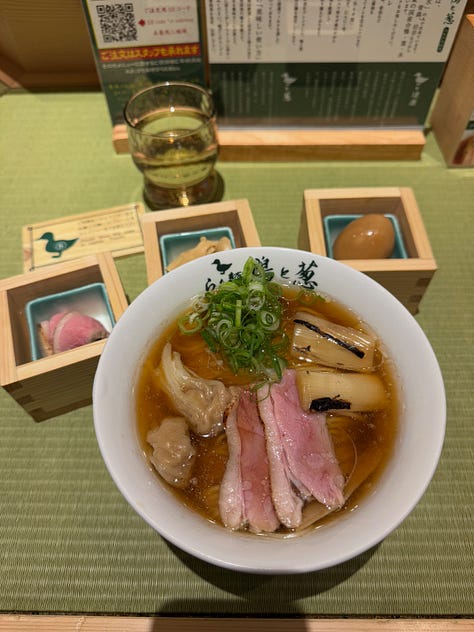
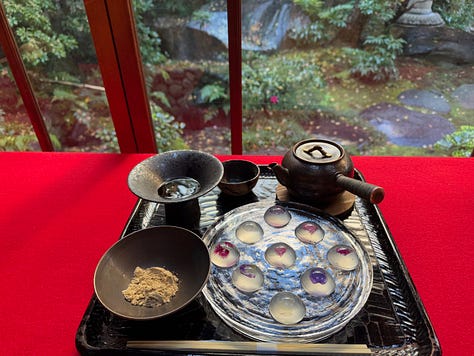
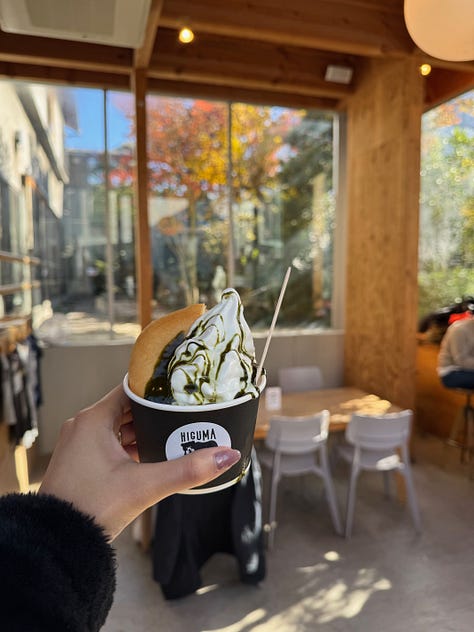
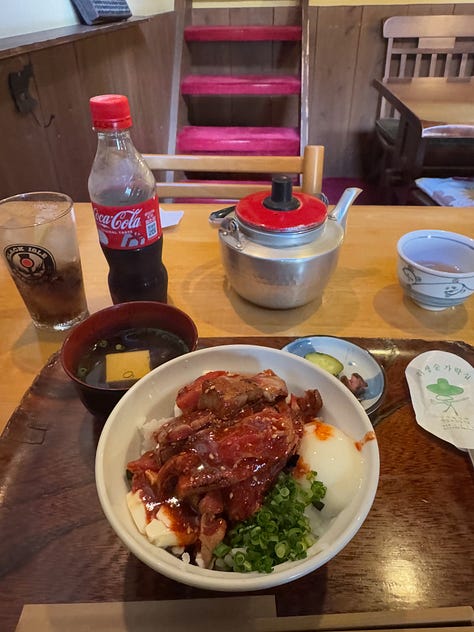
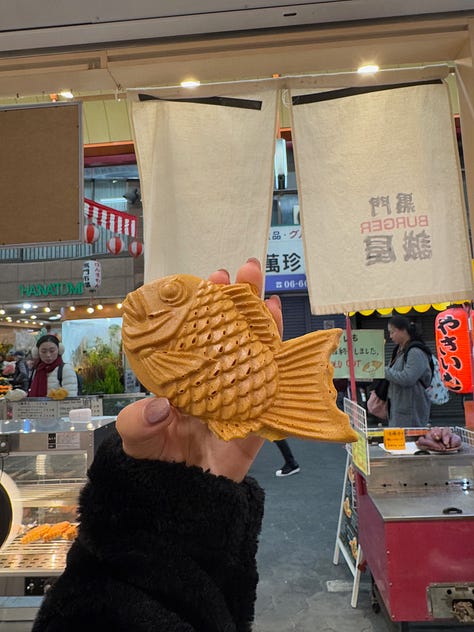
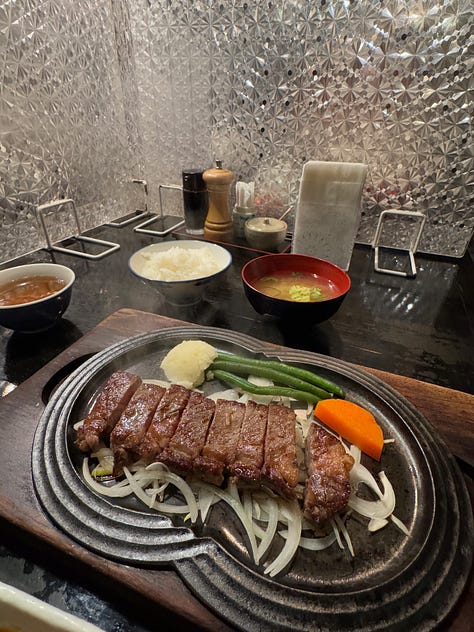
NOTE - try to ignore Google Reviews in Japan (for the most part). If something comes recommended and it has <4.5 stars, go there anyways. Locals don’t really use Google reviews to rate, and when they do, their rating system is different from the US. By default people rate establishments as 3+ star as “good” and hardly dish out 5 stars, hence why ratings might not reflect reality in Japan.
Shopping recs
Note: there are lots and lots of boutique, craft, or concept stores in Japan (like Issey Miyaki). I went to a ton of them, but did not purchase from most of these places (though they were nice to look at and take pics of). Below I’ve shared stores that I enjoyed actually purchasing from.
Onitsuka Tiger NIPPON MADE - there are many onitsuka tiger shops but only a select few sell the shoes made in Japan (vs Vietnam). These are nearly double the price but higher quality. Still affordable at ~$130 for a pair of sneakers.
Ragtag Thrift (multiple sites) - Thrifting in Japan is very much a thing since most stores keep their merchandise in top quality and their certification standards are high for designer purchases. I ended up thrifting a lot of secondhand clothing in Tokyo, and most of these I scored from RAGTAG, which has multiple locations. These stores are not designer-clothing heavy but they do resell solid Japanese brands that are high quality, and at very reasonable pricing (e.g. I bought 100% wool tailored pants for $12).
Qoo Thrift - this was a popular store for designer bags, jewelry and watches. Their service was great and they do have a wide selection.
BEAMS (multiple sites) - specialty gift store, nice to browse around and maybe buy a small gift.
Tsubaki Do, ceramics, Kyoto - I stumbled upon this ceramics shop in Kyoto where they played jazz and had an insane collection of ceramics, all at very reasonable prices. This did not seem like a tourist trap. The owner travels around Japan and resells merch from local craft shops. I bought 2 sets of teaware + mugs from this shop and would have easily bought more if luggage wasn’t an issue. For ex, a handmade ceramic cup was $6-8 depending on style. If you’re going to Kyoto I recommend just saving your ceramics shopping for this location.
Royce chocolate - these are my fav chocolates! They’re from Japan and are sold in various shops, go get ‘em since they’re 1/2 to 1/3 of the price there.
Converse White Atelier - make your own converse sneakers that you can engrave :) Fun, semi-affordable activity at ~$70 per pair.
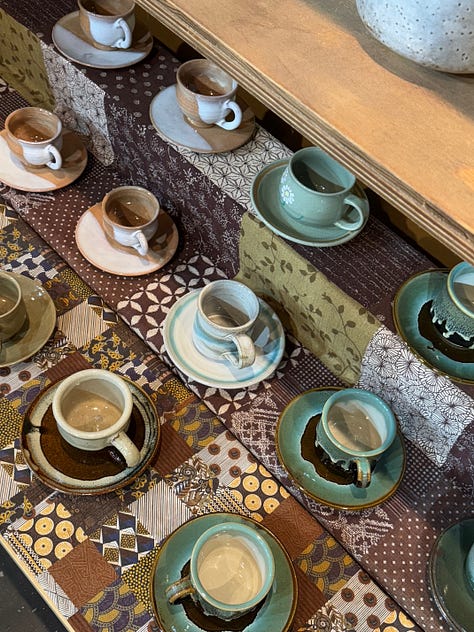
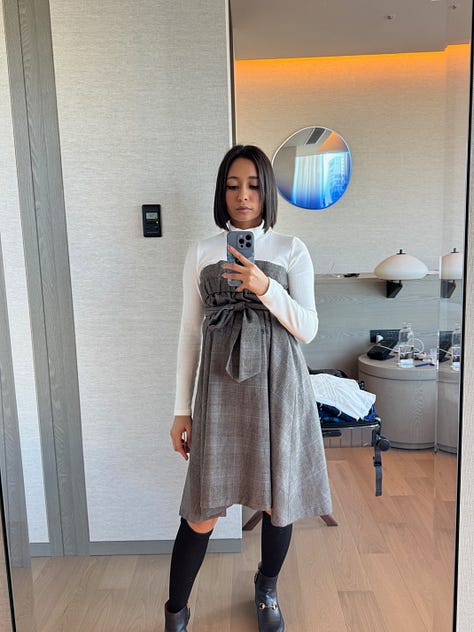
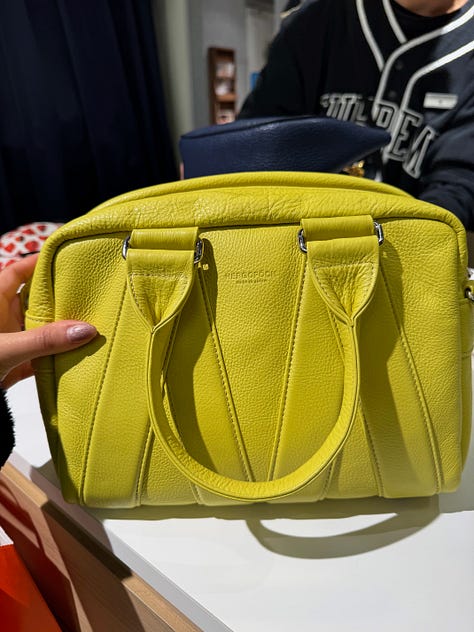

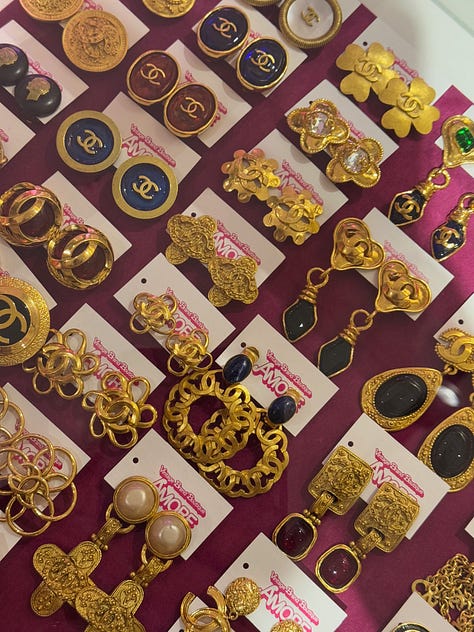
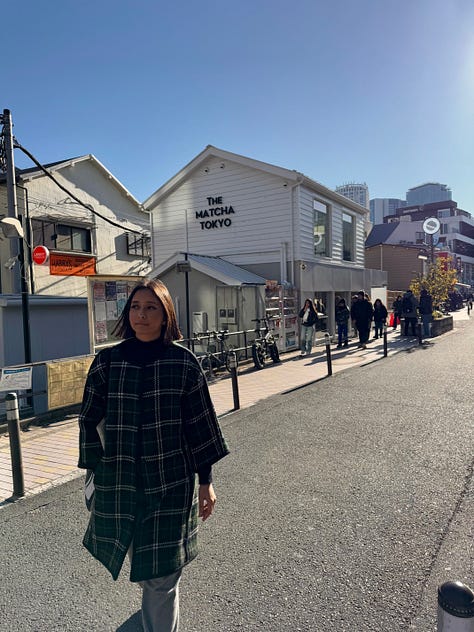
Practical tips
Take cash with you — a lot of smaller shops and temples are cash only. I would say ~10% of the time I had to pay with cash.
Load your suica card onto Apple Pay - suica is the MTA card equivalent for Japan and you can load it on your Apple Pay wallet for convenience. Take the 5 minutes to do this properly so the rest of your commuting is easy.
Get to train stations early (at least 20 min) for bullet train rides - Don’t be like me and mad rush to the station to hop on to the bullet train at the very last minute. While I ultimately never missed a train, I could sense that the Japanese aren’t really empathetic to tourists who missed their trains and you’ll likely need to repurchase tickets.
Bring layered outfits - December in Japan was relatively pleasant! Weather was in the high 40’s to low 60’s, so pack a wardrobe that allows you to layer and no need to pack heavy jackets.
Hopefully reading this gets you pumped for Japan :) Finally, I do have a Gmaps list of all of my saved places in Japan (compiled from recs from friends/the internet and places I walked past). While I can’t vouch for all of them, they made it to my list for a reason! Happy traveling.


How easy is it to travel in Japan without knowing Japanese?